CTRL+K
CTRL+K
In the colorful and vibrant world of Moroccan culture, traditional weaving, called ‘Azetta’ in the Berber language, is a special and important part of life. This weaving tradition has been passed down from mother to daughter for many generations. It is more than just a craft – it is a way for women to keep their rich cultural heritage alive. Even though synthetic materials like plastic and nylon are available now, traditional weaving continues to be popular and valuable in Morocco. The symbolic meaning and economic importance of weaving have helped it stay strong. Let’s take a closer look at the lasting legacy of traditional weaving in Morocco, where women play a key role in keeping this ancient art form going.
For centuries, Moroccan women have been experts in the art of weaving. They start learning the skills and techniques from a very young age, carefully watching their mothers and grandmothers work the looms. This hands-on training ensures that the intricate knowledge is effectively passed along. The weaving process itself is a labor of love, requiring immense patience, dedication, and attention to detail.
Weaving is a very important part of Moroccan culture and daily life. For many years, women have been the skilled artists who make beautiful woven items. They learn these special techniques by watching and listening to older women in their families. Weaving is more than just making useful things. It is a way for women to express their creativity and show their cultural identity through their artwork. Every woven piece is unique because each woman makes it in her own special way. The woven items are like beautiful paintings that show the artist’s individual style and culture.
While traditional weaving is practiced throughout Morocco, certain regions have emerged as major centers of production. Among these, the cities of Taroudant and Tiznit stand out for their rich weaving traditions and vibrant marketplaces. Skilled artisans meticulously craft an extensive selection of woven products. Skilled artisans meticulously craft an extensive selection of woven products. Their creations encompass complex carpets, cozy blankets, vibrant belts, and eye-catching shawls, each item crafted with meticulous attention to detail. Men’s garments such as the ‘L”aslham’ or ‘azennar’ in Berber, and the ‘burnous’ in Arabic, are also woven with skill and precision, reflecting the cultural diversity of Morocco’s textile heritage.
Weaving is not merely a cultural practice, but also a path to economic empowerment. Alongside crafting textiles for household needs and daughters’ weddings, many women leverage their skills to generate income. They showcase and sell their handmade creations at local markets and beyond, transforming their artistic talents into a sustainable livelihood. The rise of women’s cooperatives has further amplified economic prospects in this domain, equipping women with resources and support to thrive as independent artisans.
Weaving traditions in Morocco hold great significance as the nation progresses. Preserving this centuries-old craft honors cultural roots, ensuring its appreciation transcends generations. While modernity surges, traditional weaving’s timeless allure endures, reflecting Morocco’s resilient cultural identity. The artisans’ dedication sustains an age-old legacy, weaving threads that bind past and future harmoniously. As Morocco evolves, upholding these inherited techniques celebrates its vibrant heritage, reminding all of roots deeply embedded within the nation’s tapestry.
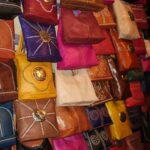
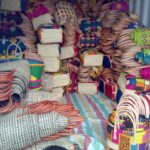


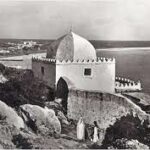
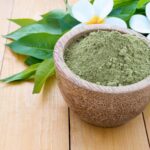

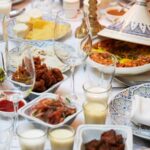

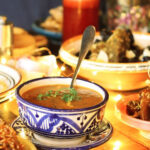
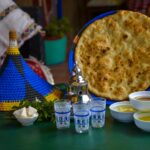


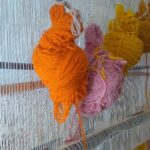





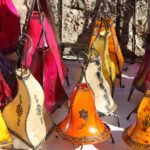
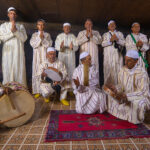
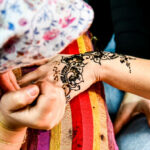
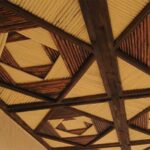

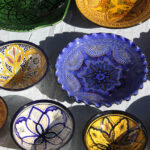
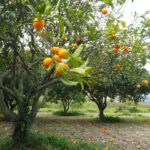
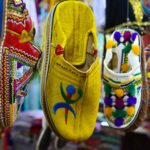

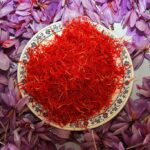



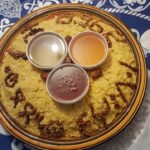
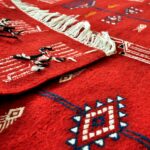

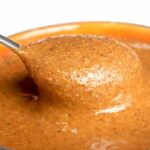
There are no results matching your search.
Reset